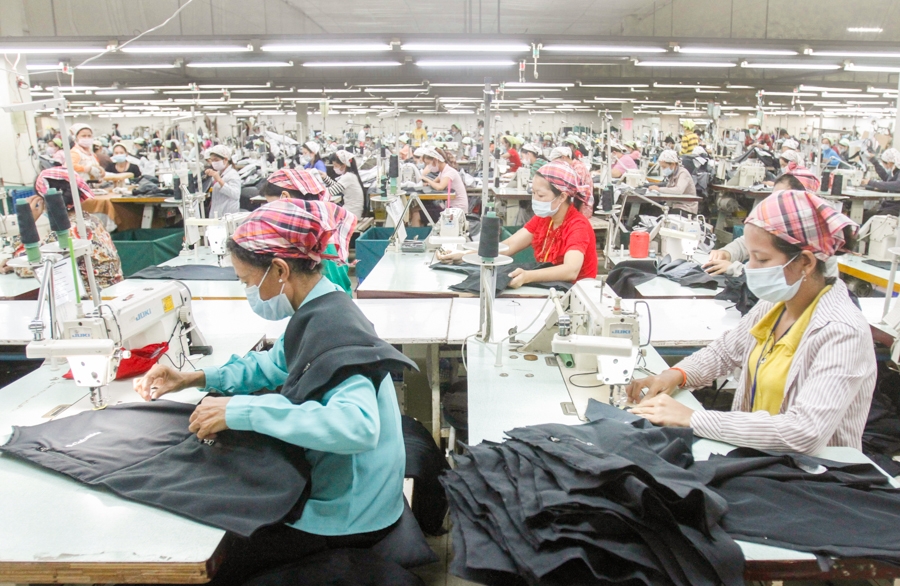Cambodia is ‘handicapped’ by dollarization
The dominance of the US dollar in the banking system prevents the central bank from lowering interest rates to spur investment and create jobs.
Cambodia is handicapped by the dollarization of its economy in three ways, according to Kith Sovannarith, Deputy Director General of Banking Supervision at the National Bank of Cambodia.
First, the NBC has minimal influence on lending rates charged by banks and microfinance institutions because more than 80 percent of their savings and loans are in US dollars. “We cannot directly use rates to increase jobs and investment,” Mr. Sovannarith says.
Most central banks, like the US Federal Reserve, are able to lower the interest rate they charge for loans to banks – the so-called “policy rate” – when there is a need to encourage investment and job creation, but the NBC can only lower the policy rate on the riel, he explains.
Second, the cost of the loss of seigniorage – the profit the government makes from issuing its currency (the difference between its production costs and face value) – is equivalent to about 10 percent of annual GDP, Mr. Sovannarith explains, citing a study by the International Monetary Fund. This lost money could be used to fund infrastructure and social development projects, he notes.
Third, dollarization prevents the NBC from regaining full control of its monetary policy.
Mr. Sovannarith is quick to point out that despite these limitations the NBC has managed to maintain a stable exchange rate for about 15 years, which has resulted in rising trust in the banking system as well as rapid economic growth.
He describes dollarization as a more than 25-year habit, pointing to the arrival of the United Nations Transitional Authority in Cambodia (UNTAC) as the starting point. Research shows that during 1991-92, UNTAC spent $1.7 billion, equivalent to about 75 percent of Cambodia’s GDP at the time. It also led to more foreign currency deposits at Cambodian banks.
As the NBC continues its efforts to promote the national currency this is gradually changing. Banks and MFIs will be required to ensure that at least 10 percent of their lending is in riel by the end of 2019.
This is just one step in lowering lending costs. Last October, the NBC began increasing the amount of riel in the banking system. It did this through a mechanism called the liquidity-providing collateralized operation, or LPCO, which puts an amount of funds up for auction to banks and MFIs at a rate of 3 percent.
These steps are being taken at a time when the banking system is expanding and it is getting easier to take out loans, Mr. Sovannarith explains. He points to the arrival of new banks in Cambodia, saying they are bringing in capital, expertise and better governance, which is pushing local banks to become more sophisticated.
The Credit Bureau of Cambodia is also providing MFIs and banks with data on the credit history of loan applicants. This allows them to reduce their reliance on collateral for determining whether or not an applicant for a loan is accepted or not. Now, they can look at the applicant’s credit record, Mr. Mr. Sovannarith explains.
He believes that the expansion of the banking system, along with lower cost riel-denominated loans will inevitably lead to more riel circulating in the economy.
This will allow the central bank to regain its monetary independence and allow the government to recoup its lost seigniorage. This will increase domestic investment and jobs.
Source: http://www.khmertimeskh.com/news/36365/cambodia-is—-handicapped—-by-dollarization/


 English
English




